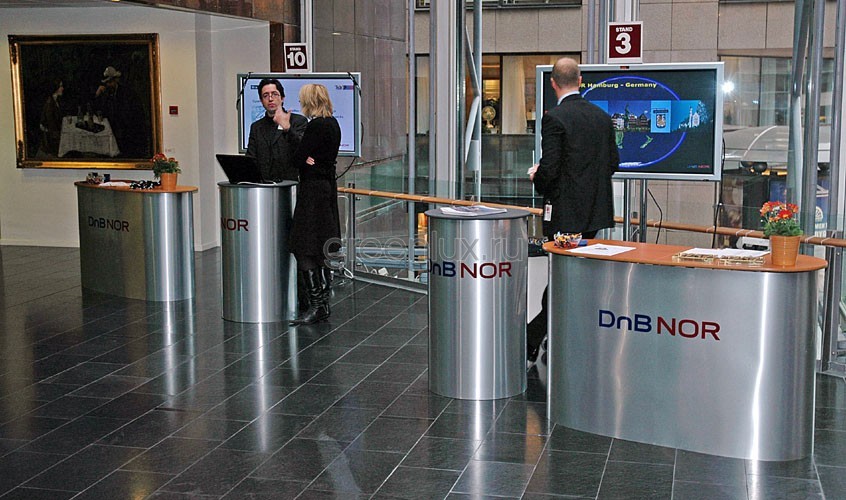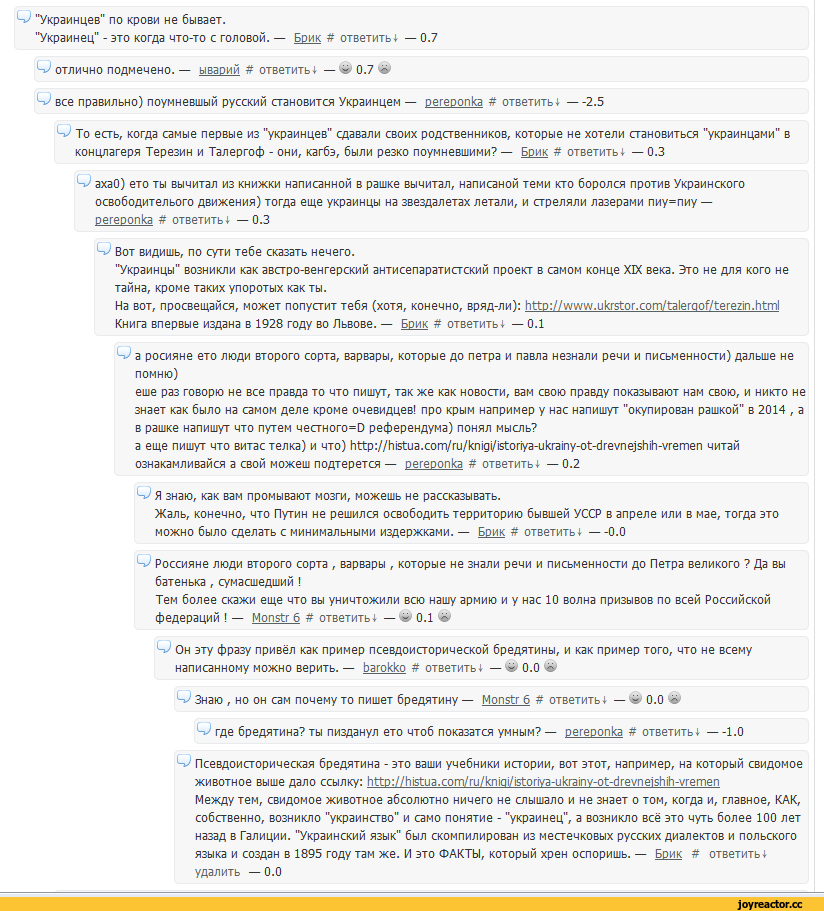A Primer on BRIC
Post on: 7 Апрель, 2015 No Comment

T ypically, Canadian and US investors invest in their respective countrys stock market and seek diversification through the other countrys market. For further diversification, they might buy stocks. mutual funds, and/or ETFs of other developed countries such as France, Germany, Japan, etc.
However, growth prospects abound in developing nations across the world and such countries, termed as emerging markets, offer the potential for investors to reap the benefits as they strive to match and exceed the economic standing of developed nations.
BRIC Markets
BRIC, an acronym introduced by Goldman Sachs a decade ago, stands for Brazil, Russia, India, and China. These four developing nations have good growth potential but as with any reward (investment), risk tags along. We will look at the key resources in these four countries and the potential rewards and risks that go with investing in these countries, either through individual stocks or mutual funds/ETFs.
Brazil is the largest economy in Latin America and boasts of a diverse economy encompassing mining, agriculture, manufacturing, and service sectors. With a large labor pool, Brazil has witnessed excellent growth over the last several years. With new oil discoveries, Brazil is on its way to becoming a major player/exporter in the the non-renewable energy industry, while also concentrating on renewable sources of energy such as hydroelectricity to supply its residents.
Russia. the largest country in the world, has the worlds largest natural gas reserves and the eighth largest oil reserves. Russia leads the world in export of natural gas and oil and is also the fourth largest producer of nuclear energy. With such enormous natural resources, Russia is one of the developing nations with great growth potential.
India exports various goods including textile items, jewelry, software and engineering products, and chemicals. With the worlds second largest labor pool of
478 million that comprises of educated, English-speaking people, India has become a hub of outsourcing activity. Due to the lower wages, corporations have found it profitable to use the Indian market for their businesses, thereby fueling the countrys growth.
China is a low cost exporter of various goods, helped in no small measure by low wages and supportive government policies. China has the worlds largest labor force, attracts foreign investment, and its rapid growth has helped uplift millions of people from poverty. Tourism is also a significant source of revenue for the country.
Investing in BRIC and other Emerging Markets
Due to the potential for growth, BRIC and other emerging markets may provide good returns for the investor. However, most of these returns are tied to the economies of the developed countries like US, Canada, UK, etc. The demand for oil and other goods that is generated in the developed world plays a key role in driving the growth of the emerging world.

Emerging markets have their drawbacks. The lack of stringent securities reporting requirements, compliance issues, corruption, fickle government policies, and political instability (not necessarily in BRIC markets but in general) are some of the reasons that make these markets a risky proposition. The absence of local demand for goods may also land a crushing blow to the economy if exports decrease.
For the retail investor, it is a good idea to diversify into these emerging markets to partake in their growth and capture some of the gains over the long term. BRIC investments can be part of ones international equity allocation (meaning developed and developing markets outside North America).
How to get into BRIC markets?
If you are interested in individual stocks, ADRs. if available, offer an avenue to purchase shares of companies based in these countries. If not, there are mutual funds and ETFs that provide another way for the average investor to buy into BRIC markets. A list of US-based BRIC ETFs can be found here and Canadian investors have theClaymore BRIC ETF offering similar exposure.
Do you invest in emerging markets such as BRIC? Are you using ADRs, mutual funds, or ETFs? What percent of your portfolio have you allocated to such emerging markets?
About the Author. Clark works in Saskatchewan and has been working to build his (DIY) investment portfolio, structured for an early retirement. He loves reading (and using the lessons learned) about personal finance, technology and minimalism. You can read his other articles here .














